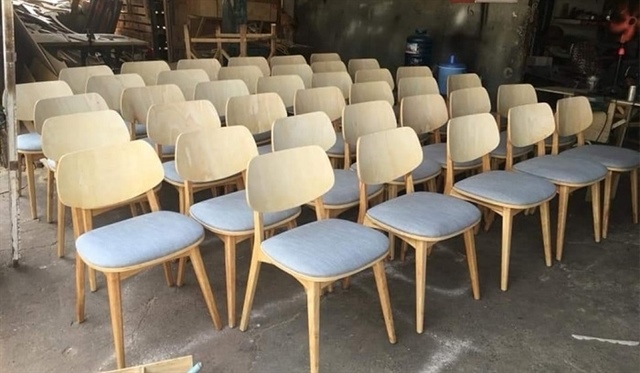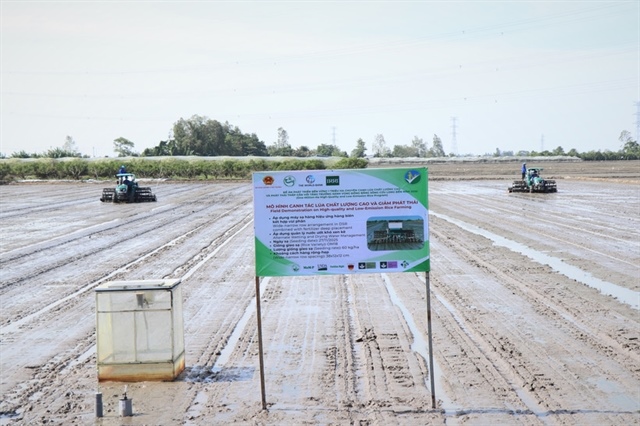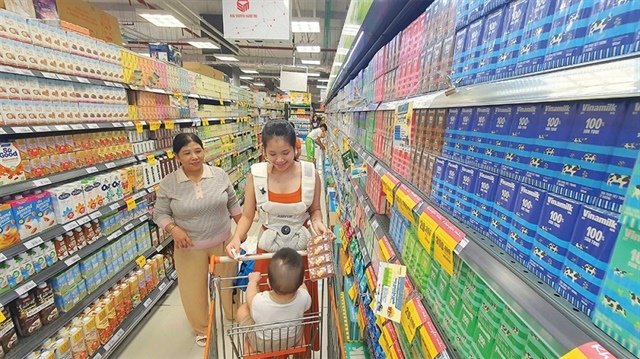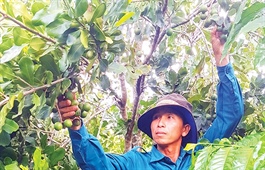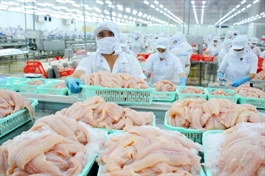Control of legality of imported timber tightened
Control of legality of imported timber tightened
The development and activation of a geographic origin and timber species risk category plays an important role in controlling the legality of imported timber, attendees heard at a seminar in Ha Noi last Friday.

The Viet Nam Timber and Forest Product Association (Viforest) and associations in the field of wood processing and exports held the seminar on identifying and controlling risks in exporting and importing Vietnamese wood products.
In order to fulfil commitments under the Voluntary Partnership Agreement on Forest Law Enforcement, Governance and Trade (VPA/FLEGT), the Prime Minister issued Decree 102/2020/ND-CP on Viet Nam's timber legality assurance system (VNTLAS).
One of the important contents of the decree is to develop mechanisms to strictly control the legality of imported raw wood. These mechanisms are based on criteria of risk classification by geographic regions and timber types.
Do Xuan Lap, Viforest chairman, said that building and activating the list of geographic region and species risk categories played an important role in controlling the legality of imported timber.
These were necessary to maintain and develop the industry, fulfilling the Government's commitments to the international community.
In addition to timber from domestically planted forests, the country still imports raw materials every year, including those from tropical countries such as countries in Africa, Laos, Cambodia and Papua New Guinea.
To Xuan Phuc, an expert from Forest Trends, said that timber from these countries was often considered risky wood because these timber suppliers did not meet the criteria for a risk-free geographical area.
The amount of tropical wood imported into Viet Nam annually is about 1.5 million cubic metres (m3), equivalent to 30 per cent of the total volume of wood imported into the country. Most of this is from Africa.
The wood business community should diversify the supply of raw wood, reducing the proportion of imported supplies from tropical countries, and increase the proportion from low-risk sources, the expert noted.
In addition, the Government and timber associations needed to come up with mechanisms and messages to encourage the use of locally available raw materials, he added.
This would not only help the industry reduce risks in the use of raw materials, but also had direct meaning for millions of afforestation households today.


